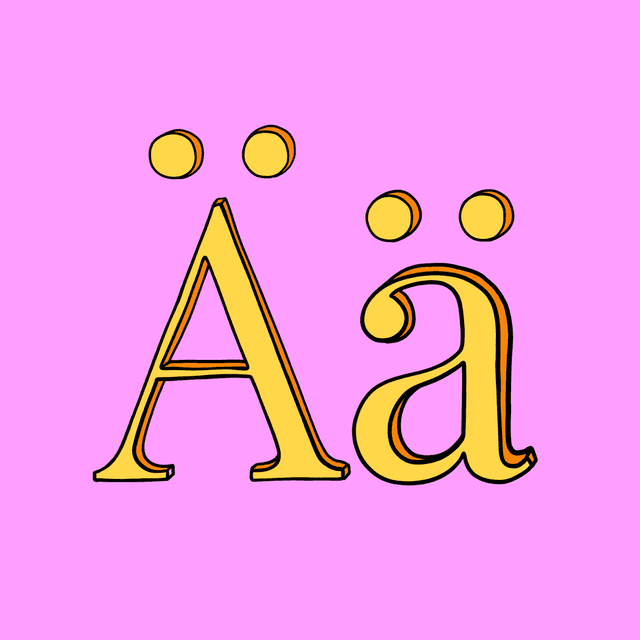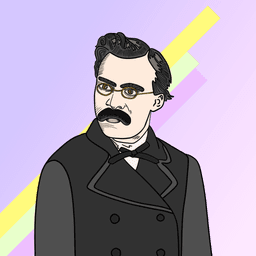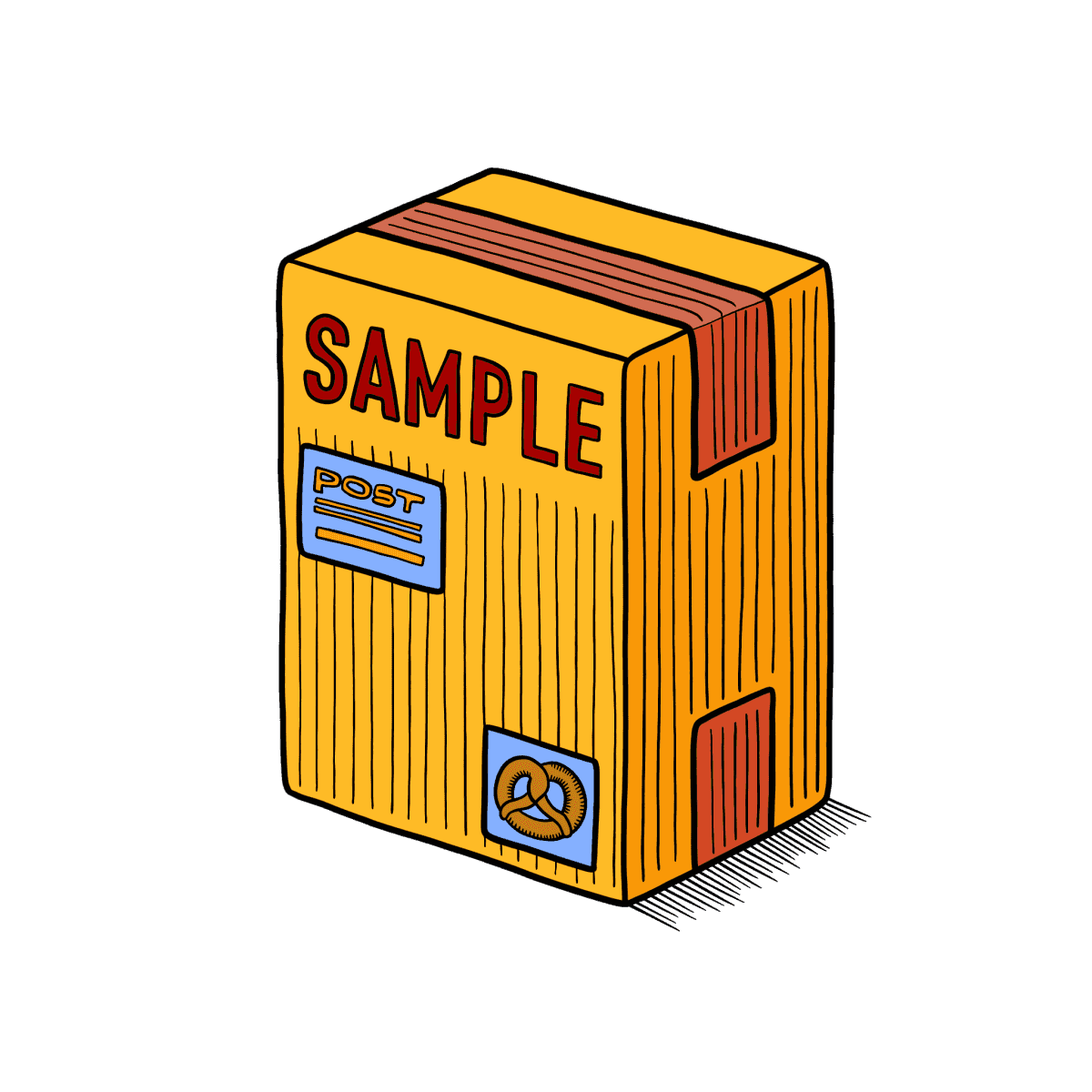The German Alphabet

Hey 👋
Welcome to your first German lesson. The German language is full of interesting quirks, weird behaviours and random verbs.
German Pronunciation
Introduction
- Introduce the topic of German pronunciation
- Explain the importance of pronunciation in language learning
- Preview the main points of the post
The German Alphabet
- Explain the German alphabet and its similarities and differences with the English alphabet
- Discuss the importance of umlauts in German pronunciation
Vowel Sounds
- Describe the 8 vowel sounds in German
- Explain the difference between long and short vowels
- Provide examples of long and short vowel sounds
Consonant Sounds
- Describe the 18 consonant sounds in German
- Explain the differences in pronunciation between German and English consonants
- Provide examples of German consonant sounds
Word Stress
- Explain the concept of word stress in German
- Discuss the importance of word stress in German pronunciation
- Provide examples of word stress in German words
Tips for Improving Pronunciation
- Provide practical tips for improving German pronunciation
- Discuss the importance of practice and repetition
- Offer resources for further practice and study
Conclusion
- Summarize the main points of the post
- Reinforce the importance of pronunciation in language learning
- Encourage readers to continue practicing and improving their German pronunciation
Learning to correctly pronounce the German alphabet, including the tricky umlauts (ä, ö, ü), with audio recordings. In this second lesson, you'll learn: the German alphabet how to pronounce German sounds ([ä, ö, ü], the German S, R & CH) For any English speaker, the German alphabet is pretty uncomplicated to grasp. There is only one extra character (the esszett: ß), and three of the vowels may include an umlaut (a pair of dots above the letter: ä, ö, ü), changing it's pronunciation. What's usually more challenging is the phonology of the language; identifying the sound patterns, and correctly executing them, as there is no clear system to understanding it. In this lesson, we'll cover both the easy German alphabet and difficult German pronunciation. Let's start off with the alphabet! The German Alphabet As mentioned above, there is only one extra letter in the German alphabet, called the esszett: ß, also known as the hard, sharp or double S. It may be substituted with a double S, and is no longer used in some German speaking countries. It's still handy to learn, however, as you'll most likely come across the letter often in books, newspapers etc. (component: picture grid, no audio) Words that include the esszett (ß): die Straße das Fußball die Süßigkeiten Additionally, three vowels in the German alphabet may be given an umlaut, changing it's pronunciation: ä, ö, ü (component: picture grid, no audio) examples of words including ä, ö and ü: das Mädchen der Löffel grün Here is the whole alphabet in written form: A, B, C, D, E, F, G, H, I, J, K, L, M, N, O, P, Q, R, S, T, U, V, W, X, Y, Z, ß, Ä, Ö, Ü That is pretty much all you need to know about the alphabet, before we move on to the trickier part of this article: German pronunciation! German Pronunciation First, let's cover the basics, by going through the alphabet again, but now focusing on the pronunciation of each letter: (table with letter, name and example word, with audio and a separate audio for the whole alphabet in one go) Great!! Now, we can focus in on some specific sounds. Let's tackle how to pronounce the letter S vs. ß vs. Sch s, ß and sch So far we have learned that there is an esszett/hard S (ß) in the German alphabet, as well as a standard S. As you might imagine, the hard S is a slightly stronger sound, similar to the steady hissing sound a snake makes, whilst the normal S in German usually sounds softer, similar to a Z sound in English. ß s Grüße Intereße Soße S pronounced with a soft S sound Asien Wiese However, sometimes an S may also sound like an esszett. For example, when positioned at the end of a word: S pronounced with a hard S sound Haus Maus Note: The esszett can also be written as a double S: SS. When an S is positioned at the beginning or middle of a word and just before a T or P, it is pronounced SHT, or SHP. examples: der Speck der Vorspeiße das Stück der Salzstreuer Lastly, when an S is followed by a CH, it is pronounced much like the English sound SH. examples: das Deutschland der Schrank die Kirsche der Schuh In summary: an ß is always a hard S sound an S can be both a soft or hard S sound an ST or SP at the beginning or in the middle of a word is pronounced SHT and SHP SCH is pronounced like the English SH With these points in mind, look over the words below and try saying them out loud. Be mindful about how you believe they are pronounced. Then, compare your attempts with the voice recordings. Were you able to get the pronunciations correct :)?! Before we move on, you may also like to practice your German S, ß and SCH pronunciation with this tongue twister just below! Again, try to say it out loud to yourself. Take your time. How do you think each words should be pronounced? Use what you have learned so far in this lesson, to help you. Ein Stachelschwein, ein Stachelschwein, das muss ein Schwein mit Stacheln sein, doch hat es keine Stachelein, so ist es auch kein Stachelschwein. (with voice recording and little illustration) the German umlaut: Ä, Ö, Ü At the beginning of the lesson, the pronunciation of all the letters of the alphabet are available in a table, including those of the vowels: A, E, I, O, U. To recap, here is a recording of the vowels, by themselves: A, E, I, O, U Now, let's introduce the umlaut: a mark of two dots that may be placed above the vowels A, O and U, indicating a different pronunciation. An ä has an 'eh' sound, much like the 'e' in the English words 'kept', or 'get'. The ö is like the 'o' sound in 'worm'. Lastly, the ü has a more unique sound, difficult to find in English pronunciation. Instead, try this: make an 'ee' sound (as in 'meet'), and then, without moving your tongue, continue whilst slowly moving your lips into a tight O-shaped pout. Let's listen to how these sounds are different compared to their original forms: A Ä O Ö U Ü Here are some examples of words including Ä, Ö or Ü: der Tür der Brücke das Stück die Äpfel (pl) die Männer (pl) die Nächste das Öl schön der Löwe Note: Ä, Ö, Ü may also be written 'ae', 'oe' and 'ue'. For example, 'der Bär' may also be spelled 'der Baer' Practice your pronunciation by reading these sentences out loud, and comparing them to the voice recordings. Try to be especially mindful of the pronunciation of both the vowels and vowels with umlauts: "Ich bin Äpfel pflücken. Es ist schön." "Das Mädchen hat zwei Möbelstücke." "Ich begrüße den nächsten Patienten. Er hört mich." Well done 🎉 You now have a firm grasp of German vowel and umlaut pronunciation! Let's move on to the next tricky sound. the German R: In the German language, the R can sounds two different ways, which we will describe as the hard R and soft R. The hard R is the well-known rolling R sound - one of those clearly identifying sounds of the German language, that sounds like an engine running: R To practice making this sound, focus on delivering it from the back of the throat, rolling it as though you're gargling water. This sound is used: at the beginning of a word after a consonant before a syllable Here are some examples: die Ratte der Bruder das Büro The second way to pronounce the German R is more like the English A sound in 'tap'. This sound is used: at the end of a word or syllable in between a vowel and a consonant Here are some examples: die Torte die Butter Now let's practice your pronunciation with another tongue twister! Say it slowly out loud, especially focusing on the pronunciation of the R's. Then, compare your pronunciation to that in the voice recording. Did it sound the same? Bierbrauer Bauer braut braunes Bier the German CH: Like the German R, the German CH can also sound two different ways: a hard way, and a soft way. The hard CH sound is similar to the hard R sound, except that the rolling motion is created with the tongue against the roof of the mouth, specifically the soft palate area, rather than the back of the throat. Try it. CH This sound is used after the vowels A, O and U. Here are some examples: sachen brauchen pochen On the other hand, the soft CH sounds like the short, angry hiss of a cat: CH This sound is used: at the beginning of the word after the vowels I, E, Ä, Ö, Ü after R and L Here are some examples: wirklich die Kirche die Chemie In summary: an ß is always a hard S sound an S can be both a soft or hard S sound an ST or SP at the beginning or in the middle of a word is pronounced SHT and SHP SCH is pronounced like the English SH Below is your helpful tongue twister! Once again, say it slowly out loud, especially focusing on the correct pronunciation of the CH's. Then, compare your pronunciation to that in the voice recording. "Machen Sie mich nicht lächerlich" Good job 🎉! You have now learned the tricky German R and CH sounds! Let's test/practise what you have learned, with the exercise below: Pronounce each word out loud, and think of the answer to each question, before tapping the grey boxes to reveal the correct answer & listening to the voice recordings to reveal the correct pronunciation. der Rasen [hard or soft S?] die Stimme [S sound or SH sound?] die Straße [hard or soft S?] der Sand [S round or SH sound?] der Bauer [hard or soft R?] der Räuber [hard or soft R?] arrogant [hard or soft R?] lachen [hard or soft CH?] das Märchen [hard or soft CH?] stechen [hard or soft CH?] Listen to the voice recordings carefully, before answering the questions in your head. die Käse [die Käse or die Kase?] die Orange [die Örange or die Orange?] die Küche [die Küche or die Kuche?] der Fuß [der Fuß or der Füß] das Öl [das Öl or das Ol?] Amazing 🎉, you have completed the second lesson! When you're ready, let's head over to the third: German Nouns




